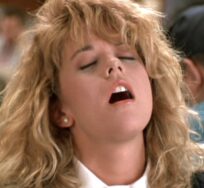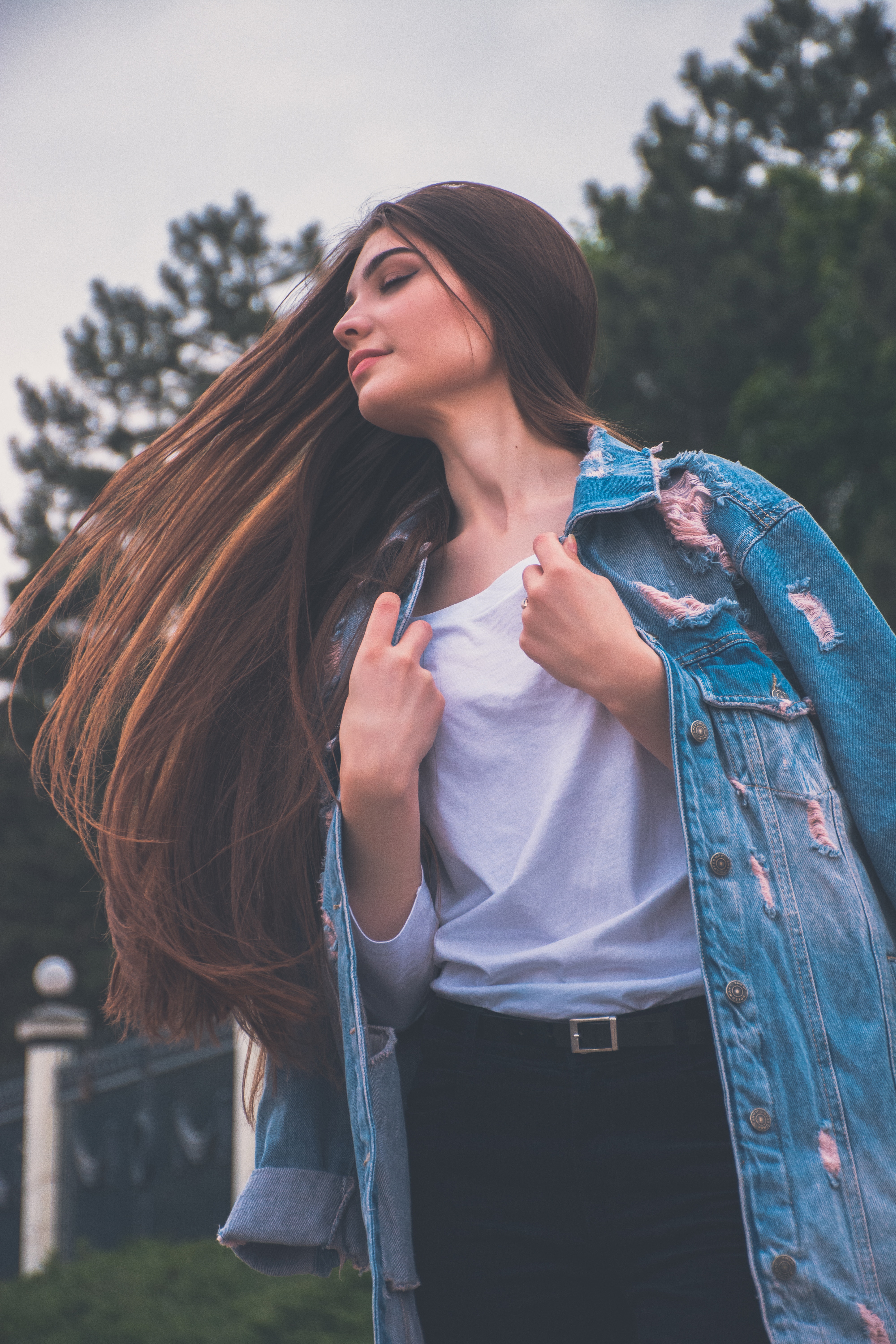Growing up, I hated going in any form of water. This made me the odd kid out when I was younger, especially at camp. Whenever we HAD to go in the pool or the lake, I would fake sick or beg my parents to write a letter excusing me, ostracizing myself even more as that brat who wouldn’t go in the water. Was it because I couldn’t swim? Had a fear of water? No, and no. I couldn’t go in the water because then once I got out, everyone would realize that I had a wild Jew ‘fro, and then what?!?! My best friend all those years was probably my hair straightener. Luckily, as I got older, the beauty world realized I was not alone and developed a frizz cure: Keratin treatment, which I’ve sworn by since the first time I tried it over a decade ago.
Despite Keratin treatment being around for a long time, my friends still ask me how I tamed the wild beast that sits upon my head. When I explain that I get it done every 4-5 months, they still can’t grasp what this actually entails. So I looked to the pros at John Barrett Salon to get the lowdown on the treatment that quite literally saved my hair.
Who Is The Ideal Candidate For A Keratin Treatment?

“Someone with unruly frizzy hair,” says Keratin pro Carter Todd. He adds that you don’t want to come in if your hair is “over-processed in terms of bleached to the max,” because it will just get damaged. And if you don’t want pin-straight hair? That’s totally okay, you could still consider getting keratin. “Some people want straight hair, while some just want their hairline done—it can be customized,” Todd explains. “So if you still want some curls, then we would flatiron the product in less during the treatment. The amount of it being ironed in dictates the results, to an extent.” He also emphasizes the importance of having a thorough consult at a salon before starting your treatment, making sure the people you’re speaking to are certified and have trained with the actual hair product company.
What Are The Results Like?
girls with straight hair don’t know how privileged they are
— ? (@layawn) June 18, 2019
Keratin may be a universal term in that mostly everyone knows about it, but that doesn’t mean you’ll experience the same outcome everywhere you go. Some cheaper salons make their own formula, which can be dangerous because they might use ingredients that can be harmful to your health. A safe way to judge is that if a salon’s prices are too good to be true, they usually are. Sorry, but it’s generally a fact—and I learned this the hard way. I saw and felt a huge difference in the results from when I went to a “hair bar” for $175 and a properly trained salon for around $500. Yes, that sounds expensive, but most beauty procedures and treatments are. After all, your health isn’t a place where you want to be cheap or cut corners. Also, I have thick long hair that goes down to my mid-back and thus requires a LOT of product, which probably affects the price too.
According to Todd, the price depends on your hair type. He says, “For people who have no color treatments, the results will be milder. If the hair is completely virgin, it’s less receptive to treatment.” It’s also important to consider what time of year you’re getting the treatment done. “Keratin treatments in the summer last for a shorter time than the winter because you’re sweating, swimming, and exposed to the sun. In general, it depends on how often you shampoo your hair since the product ‘washes’ out as opposed to growing out like Japanese Straightening treatment.” So, if you shampoo once a week, your keratin treatment will last longer than if you wash your hair, like, three times a week. If you need to wash your hair more often during the week, Carter recommends that you rinse your hair with just conditioner, and if you’re frequently in the ocean (first off, give me your life), make sure to rinse your hair with water so the salt isn’t sitting in your hair.
How Often Should You Get Treated?

This depends entirely on the person’s hair. “Some people can do it every 3 months,” Carter says, “but for others, I would suggest they only do it 1-2 times per year.”
What’s The Difference Between A Keratin Treatment And Japanese Straightening?
As we briefly mentioned above, Keratin washes out, while Japanese Straightening grows out, leaving your hair ridgy at the root. But the real difference lies in what actually happens to the hair during these treatments. Carter explains, “Japanese Straightening completely restructures the hair from the inside out and involves an abundance of chemicals that leave you with a completely permanent treatment that grows out.” Keratin, on the other hand, works on the outside layers of the hair only. Explains Todd, “The treatment goes into the hair with the Keratin nutrients, and the high heat from the hair iron seals it up for an extended period of time. Each time you shampoo it, a little bit of the treatment comes out. Sulfate-free shampoo helps to make it last as long as possible.”
At the end of the day, if there is one beauty treatment I swear by, it’s a Keratin treatment. It helps to severely diminish frizz while still allowing you to style your hair any which way you want, all without changing the actual composition of your hair structure. If you’re thinking about trying it but still don’t know if it’s right for you, most places offer complimentary consultations, so definitely take advantage of that!
Images: Giphy, Unsplash, layawn/Twitter









































